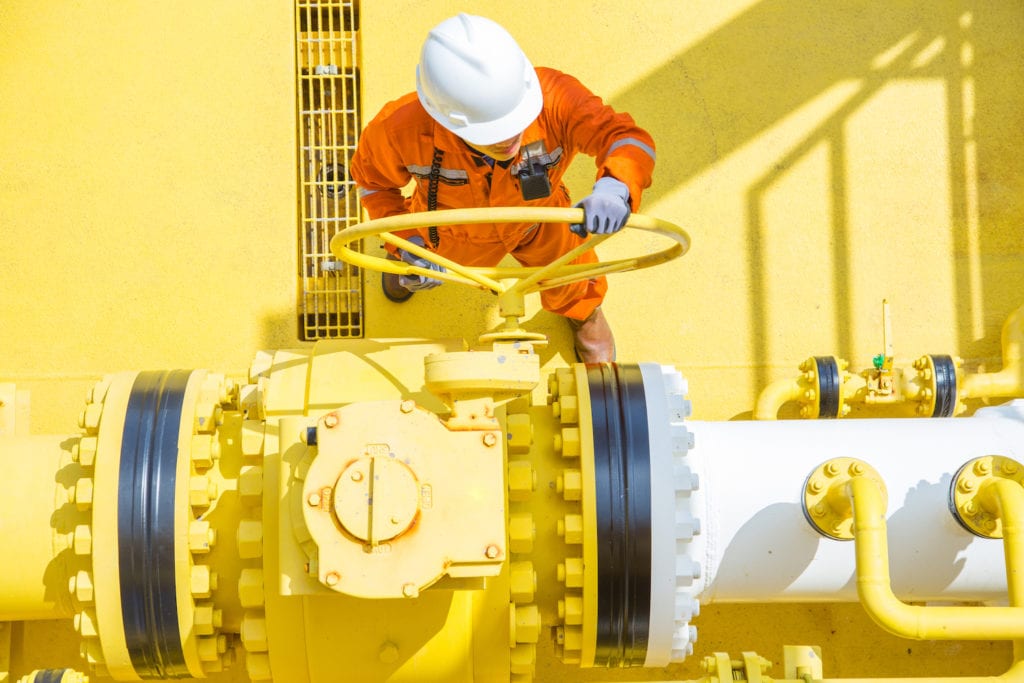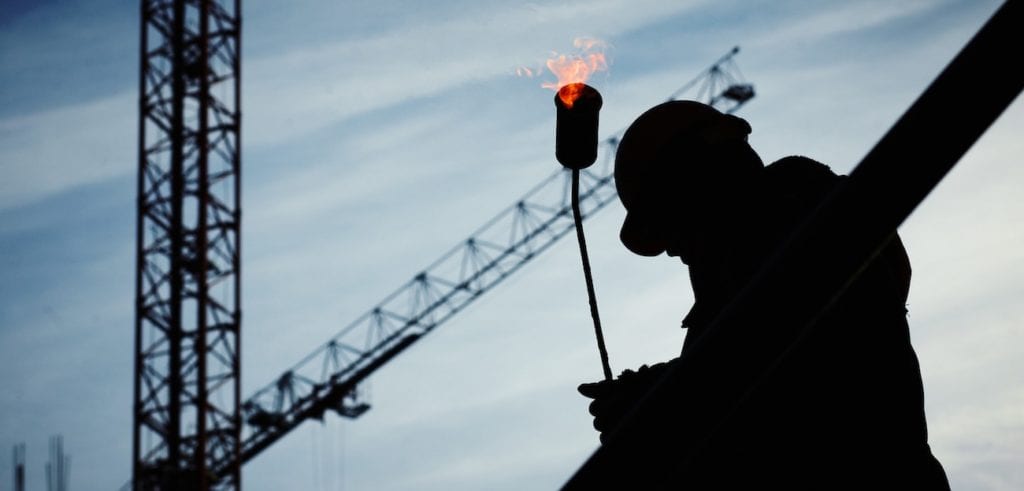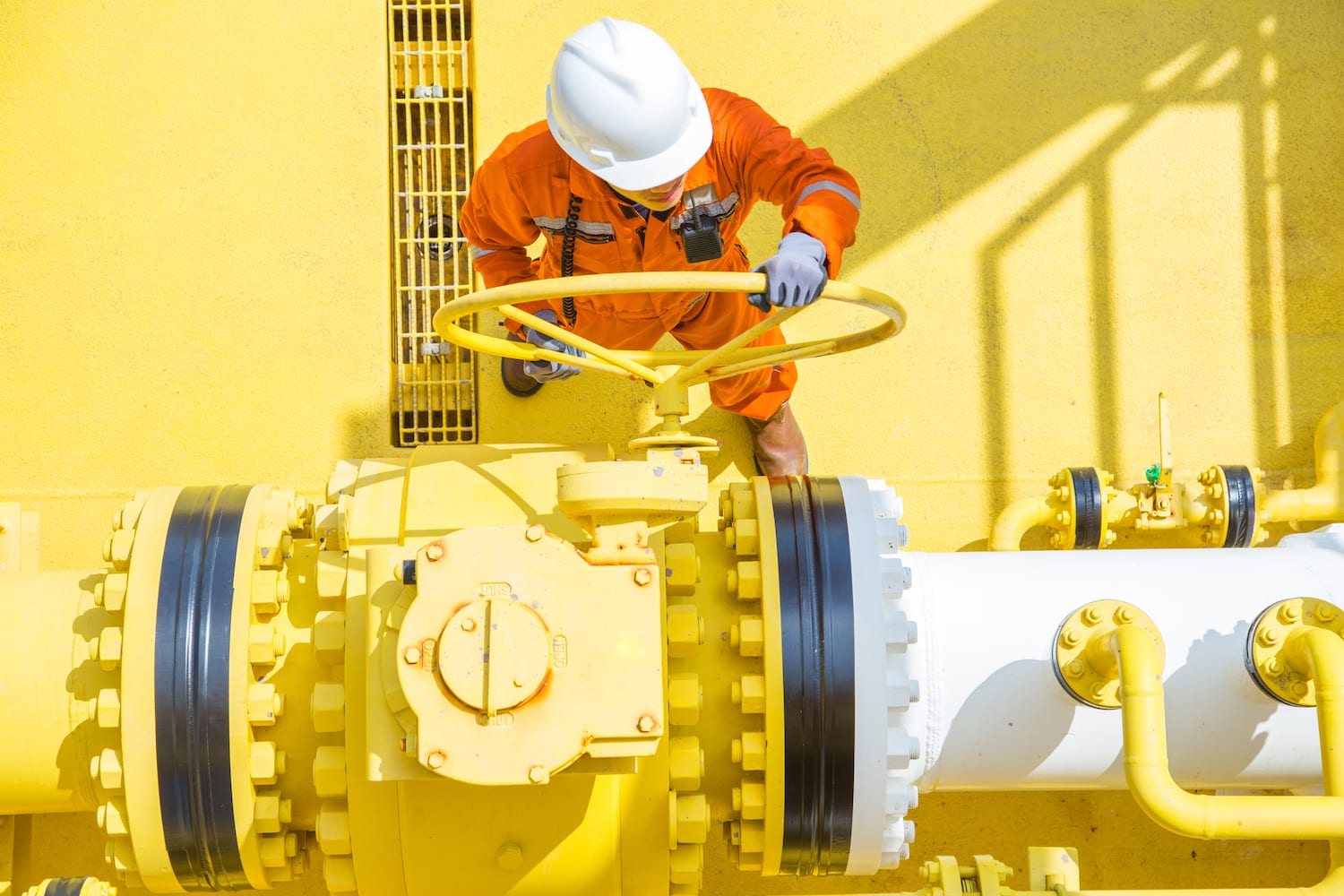Earlier this year, a story about a couple who were swept away by a mudslide on a remote mountain pass made headlines across Canada. It wasn’t just their dramatic rescue that captured people’s interest. It was the technology that helped them survive the ordeal: The pair, Sheri Niemegeers and Gabe Rosescu, successfully called for help using a smartphone app that Niemegeers relies on as a field service technician in the oil and gas industry.
“Many of our service techs work alone while making daily checks on wells,” says David Gowland, a senior manager at Crescent Point Energy, the Canadian oil and gas company that employs Niemegeers. “We have to make sure those lone workers can quickly call for help if needed, in order to immediately mobilize a response.”
In May 2018, however, Niemegeers was off the clock, driving west over the forested Kootenay Pass about 140 miles northeast of Spokane, Wash., on the Canadian side of the US-Canada border. The pass, lying at nearly 6,000 feet above sea level, is one of the highest mountain routes in North America that is open to traffic year-round. In winter, snow falls so thickly in these mountains that the Canadian army fires 105mm Howitzers at the hillsides above the pass to trigger avalanches and keep the road open.
As Sheri Niemegeers and Gabe Rosescu traveled over the pass in late May, spring melt from the snowfields above the highway triggered a massive mudslide that quickly engulfed their car, plunging them swiftly down the wooded hillside. Dazed, with serious injuries including multiple broken bones, Niemegeers managed to tap Crescent Point’s Safety Link app on her smartphone to signal for help. The pair managed to crawl back up to the road where first responders quickly rescued them.
SEE ALSO: At Taos Ski Valley, Labrador Avalanche Techs Keep the Slopes Safe
“We’re happy that, even off the clock, they used the Safety Link app to call for help,” says Gowland. “That’s what it’s for.”
An Off-the-Grid Tech Lifeline
 Roughly half of Crescent Point Energy’s 1,200 employees work in the field, inspecting or performing preventative maintenance on oil wells in Utah, North Dakota and the the Canadian province of Saskatchewan to the north. These field service management techs typically drive to inspect well sites in sparsely populated areas out on the plains, far from help.
Roughly half of Crescent Point Energy’s 1,200 employees work in the field, inspecting or performing preventative maintenance on oil wells in Utah, North Dakota and the the Canadian province of Saskatchewan to the north. These field service management techs typically drive to inspect well sites in sparsely populated areas out on the plains, far from help.
“While there are regulations that direct employers to keep their workers safe, in terms of a lone worker safety app, nothing is mandated by law,” Gowland says. “However, a mobile app ensures these workers can quickly contact help and mobilize response.”
To design the Safety Link app used by Niemegeers, Crescent Point turned to Calgary-based Aware360, which provides real-time monitoring solutions for more than 125 companies. Depending on the device, the app connects over a cellular network or via satellite to a monitoring center which then sends help. Safety Link is a free app, but the company pays for the monitoring service.
“We’re happy that, even off the clock, they used the [app] app to call for help. That’s what it’s for.” — David Gowland, Crescent Point Energy.
“Using a mobile app is quicker than calling 911 for help because the device, typically a smartphone, can send the precise GPS coordinates of your location,” says Robert Forget, Chief Technology Officer at Aware360. “Even if a service tech working remotely is able to call for help, it can still take time for first responders to reach them. A call center can use the Safety Link app to contact nearby employees to come quickly and stabilize an injured colleague until help help arrives. In this scenario, even saving 20 minutes can help.”
Using the Safety Link app, service techs check in with the monitoring center to confirm that they’re safe according to a set schedule. If they miss a planned check-in, the monitoring center automatically contacts them. Should the employee continue to be unresponsive, the center dispatches help to the work site.
The app also can relay information from the accelerometer of a mobile or wearable device to provide “man-down detection,” in case a service tech is injured and can’t call for help. Some wearable devices can detect changes in heart rate and other biometrics, and will automatically alert the monitoring center in case of an emergency — an invaluable safety feature in an industry where deadly hydrogen sulfide can “sour gas wells” and incapacitate a lone worker in minutes.
“While employers typically provide their lone workers with smartphones, these apps are also part of the BYOD (bring-your-own-device) movement in the workplace, and Aware360 can integrate almost any device,” says Forget. “Since personal smartphones are now so common, employees are more used to relying on apps, which speeds up workplace adoption.”
At Crescent Point, Gowland says workers almost always immediately recognize the benefit of workplace safety programs such as Safety Link.
“Many of our employees are from rural communities where they also work, say, as volunteer firefighters,” says Gowland. “In the workplace, they are risk-aware and recognize lone worker safety programs as a positive step.”
Sheri Niemegeers and Gabe Rosescu’s experience on Kootenay Pass wasn’t the first time a Crescent Point Energy employee has used Safety Link to call for help outside of working hours. In October 2017, employee employee Evan Wedrick and his dad, Ron, were helping fight a brush fire in southern Saskatchewan, north of the Montana border. When smoke and dust made it difficult to see, the two men abandoned their vehicle, only to be badly burned. Unsure of their exact location, they used Safety Link to summon an ambulance.
“We’re thrilled that people would have the presence of mind to use the app,” Gowland says. “That’s what it’s used for whether on or off the clock.”


Share this: